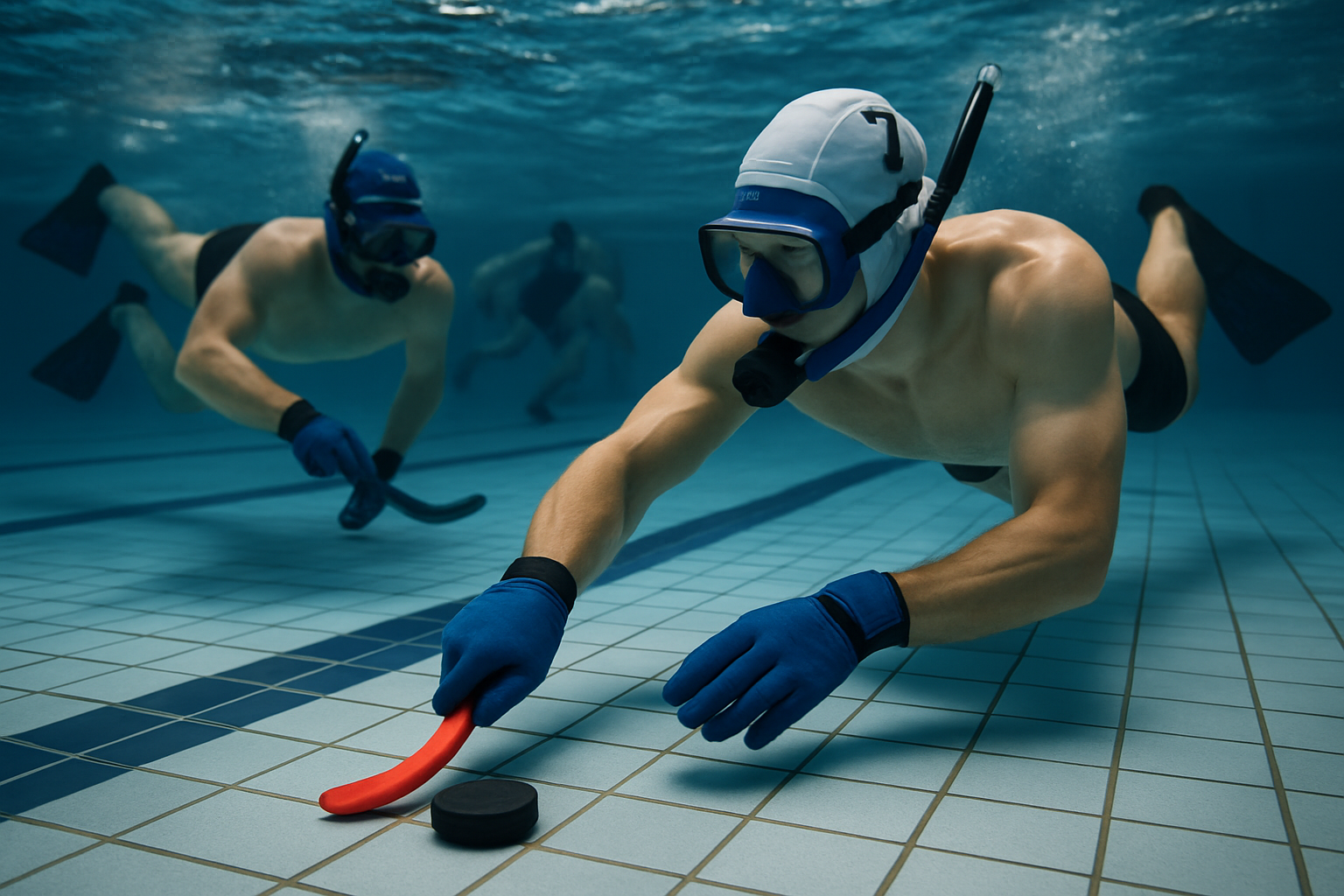Unveiling the Mysteries of Underwater Hockey: A Deep Dive into a Unique Sport
Underwater hockey: a sport that marries the thrill of ice hockey with the challenge of breath-holding and diving. It's an adrenaline-fueled, high-intensity game played in the depths of a swimming pool. This article delves into the evolution of this unique sport, its current trends, and the crucial training methods employed by its players.

Origin of Underwater Hockey
Underwater hockey, also known as Octopush, traces its origins back to the mid-20th century. It was invented in 1954 by British diver Alan Blake as a method to keep his local diving club active during the winter months when conditions made outdoor diving impossible. The game, originally played with a small, puck-like object and rudimentary equipment, has since gone through numerous iterations and improvements, both in terms of rules and equipment.
Modern Underwater Hockey: The Game and its Rules
The sport has evolved into a globally recognized discipline, with regular international championships. In its modern form, underwater hockey is a fast-paced game that requires exceptional levels of fitness, agility, and teamwork. Two teams of up to ten players each, with six in-play at any time, strive to push a heavy puck into the opponent’s goal using small, handheld sticks. The catch? The entire game is played at the bottom of a swimming pool, with players free-diving to participate in the action.
Training for Underwater Hockey: A Unique Challenge
Training for underwater hockey is as unique as the sport itself. It demands a balance of aerobic and anaerobic fitness, strength, agility, and, of course, breath-holding ability. Athletes need to hold their breath for extended periods, often while exerting themselves physically, making the sport a true test of endurance. Training routines often include swimming drills, puck handling exercises, and breath-hold training, sometimes conducted with the assistance of free-diving experts.
Current Trends and Analysis
The popularity of underwater hockey is on the rise, with an increasing number of countries participating in international competitions. The sport’s unique blend of physical challenge and team strategy is attracting a diverse range of athletes, from swimmers and divers to those with a background in traditional hockey. However, the lack of widespread media exposure and the logistical challenges of conducting and viewing underwater matches are hurdles the sport continues to grapple with.
The Future of Underwater Hockey
Looking ahead, the sport’s governing bodies are keen to increase its visibility and attract sponsorship. Innovative solutions, such as transparent pool bottoms for spectator viewing and advanced underwater filming techniques, are being explored. As athletes continue to push the boundaries of what’s possible in this unique aquatic environment, the future of underwater hockey looks promising, offering a unique blend of sporting challenge and underwater adventure.
In conclusion, underwater hockey is a sport like no other. Its unique combination of physical prowess, strategy, and breath-holding skills make it a fascinating discipline. While it may never rival the popularity of traditional sports, its growing recognition and unique appeal ensure it will continue to make waves in the world of sports.





